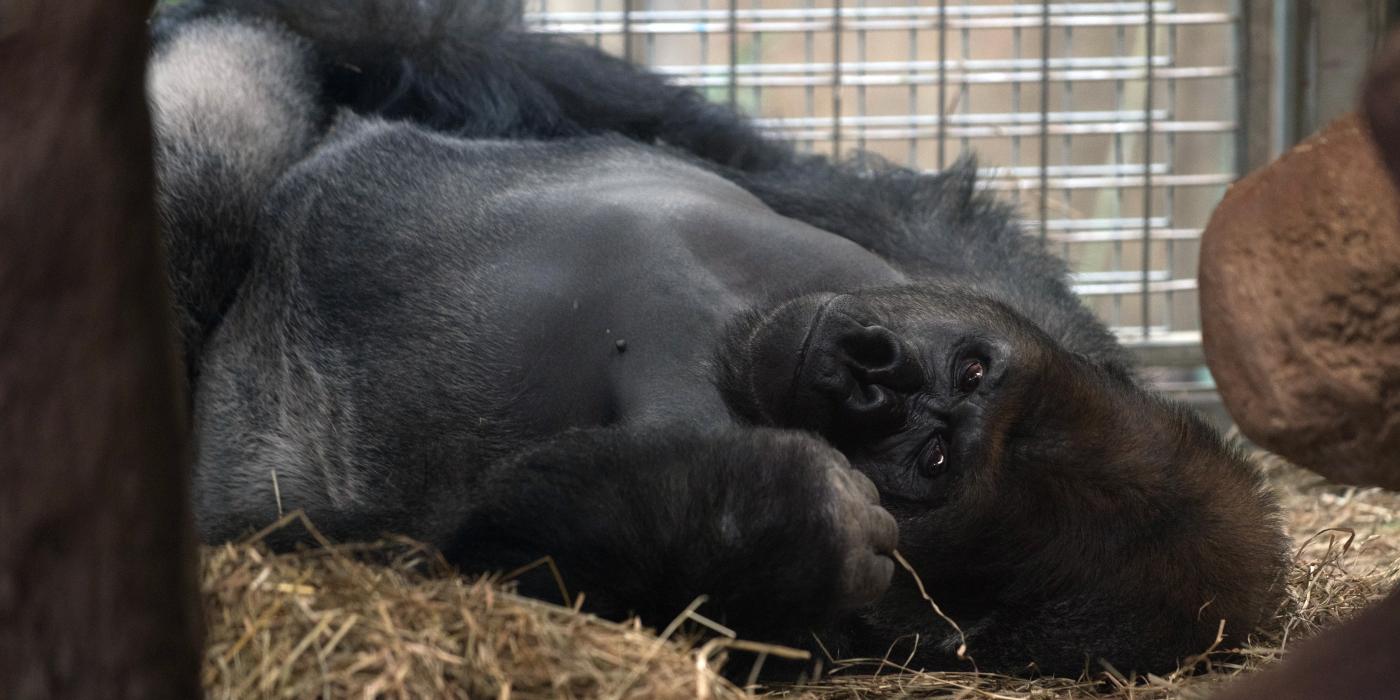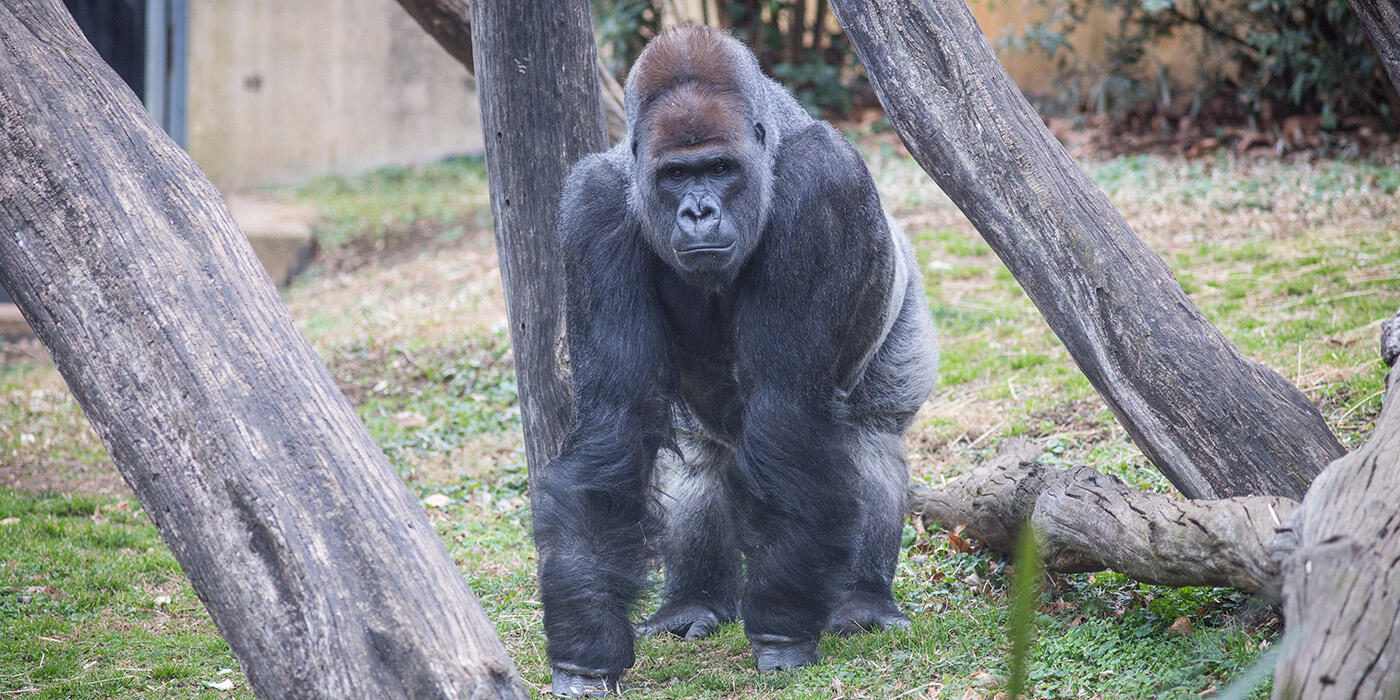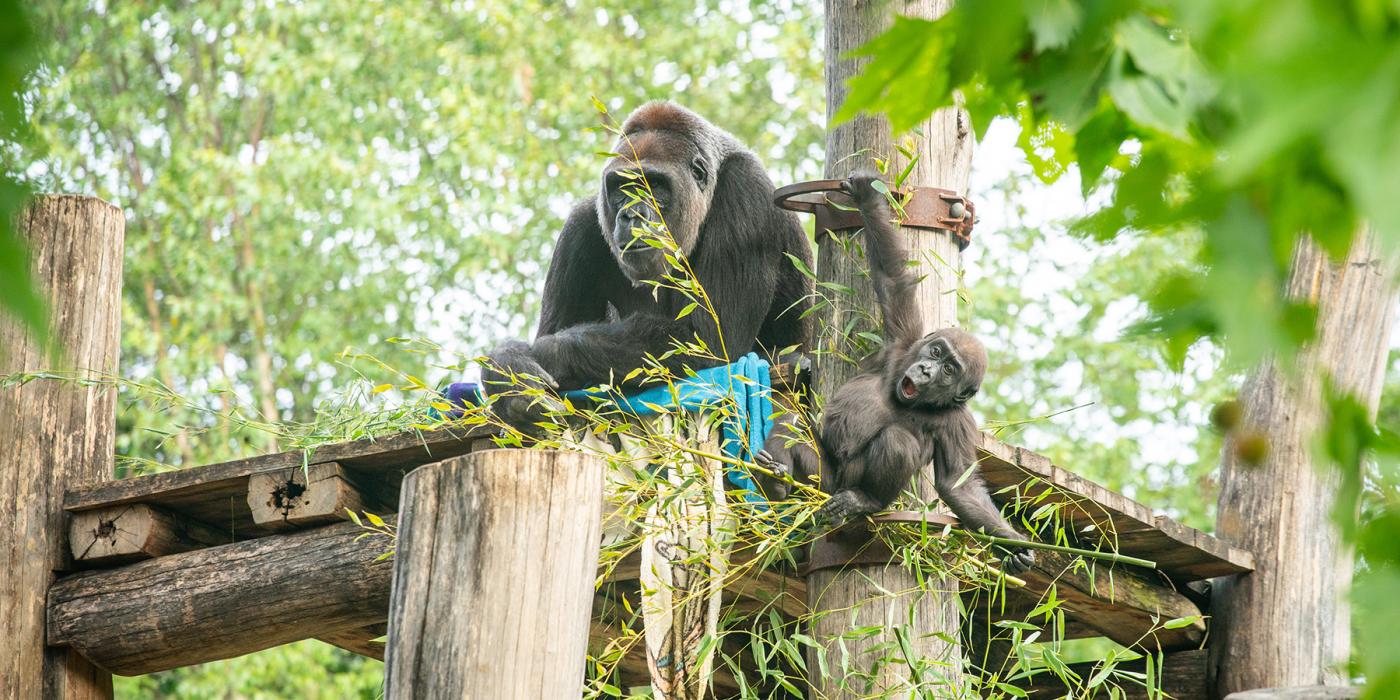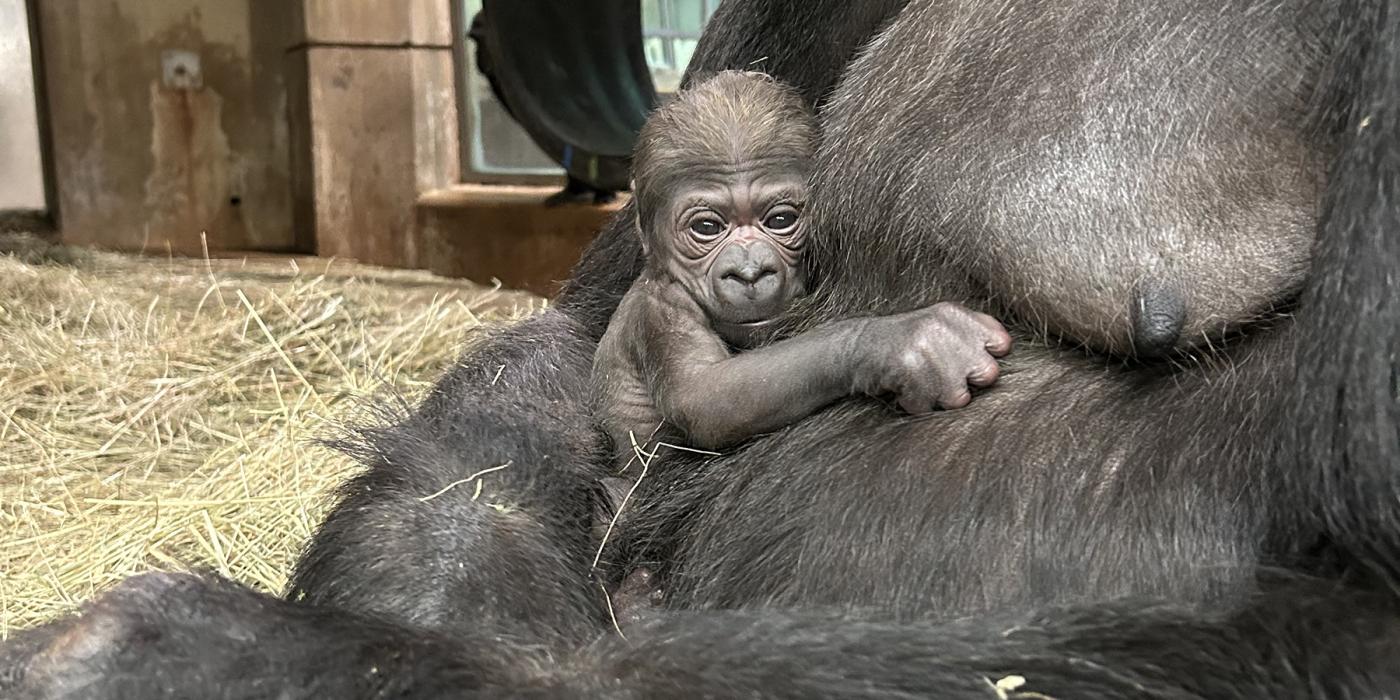Gorilla Matchmaking
Excitement abounds at the Great Ape House as animal keepers prepare 15-year-old western lowland gorilla Calaya for motherhood. Even before she arrived at the Smithsonian’s National Zoo in February 2015, the Association of Zoos and Aquariums Species Survival Plan (SSP) coordinators were matchmaking Calaya with the Zoo’s silverback male, 25-year-old Baraka.
Breeding species at the Smithsonian’s National Zoo takes an incredible amount of research, planning and coordination. This is especially true in the case of critically endangered species like the western lowland gorilla. The SSP works with accredited zoos and aquariums across North America to maximize the current and future stability and genetic diversity of a species. In any SSP breeding recommendation, a team of expert advisors will account for a variety of compatibility factors based on the specific needs of each species.
“Neither Calaya nor Baraka’s genes are well represented in zoos,” said Melba Brown, animal keeper and primary trainer to Calaya. “Initially, it took her a while to get used to being in this new environment—a new place, new gorillas and new people. About a year after she arrived, she settled in and revealed her personality to us.”
In their native habitat, western lowland gorillas have faced a population loss of 60 percent over the past 20-25 years, and they continue to decline due to threats including hunting, habitat loss and disease. The SSP and the conservation efforts of AZA member institutions, including the Smithsonian’s National Zoo, are helping to build healthy future populations of western lowland gorillas.
Follow the Zoo’s updates throughout Calaya’s pregnancy on Facebook, Twitter and Instagram with the hashtag #gorillastory.Related Species:




